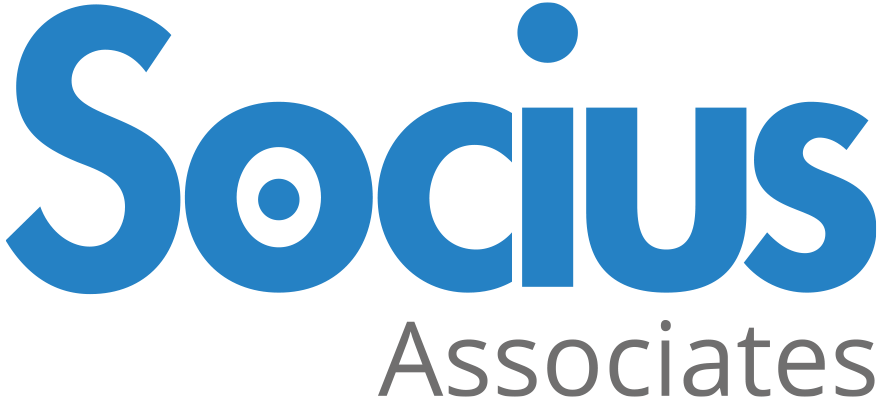You did our non-scientific quiz and decided to get a coach – now what? Here are our 10 top tips to maximise your coaching experience.
Tip One: Choose your coach carefully
Isn’t that obvious, I hear you think? Well yes, and here are some pointers to get you going.
- Ask for recommendations from friends, family, colleagues, even competitors. Personal recommendations are valuable
- Remember that a coach who does a great job with your friend who is dealing with a messy divorce is perhaps not as well suited to coaching you on developing your start-up business
- Talk to more than one coach before you settle on one. Sleep on it if that helps
They don’t need to be mate material, but you do need to be able to trust your chosen coach with your innermost thoughts. If you feel that you could, that’s a good sign.
Tip Two: Decide what matters in a coach
Once you have identified a few potential coaches to talk to, give some thought to what you consider essential and what would be nice to have in your coach. You may need to make a trade-off. For example, are you more interested in:
- Experience or formal coaching qualifications?
- Personal recommendations or proven experience with clients similar to you?
- A lower rate or more experience/better qualifications/glowing recommendations?
Tip Three: Ask everything about them
Make sure you ask everything you want to know about the coach and their practice. In addition to practical questions you should find out about the way they work. Here are some sample questions:
- Can they explain their approach and method to you?
- How often do they have coaching supervision?
- When was the last time they worked with a coach themselves as a client?
If you feel uneasy about asking about these things, if the coach becomes defensive or rushes you, do take that as a sign that you need to look further before deciding.
Tip Four: Have a clear coaching question
When you are clear how you want your coaching experience to make a difference to you, it is much easier to find the right coach.
To define your question as clearly as possible, work backwards:
- What do you want to be different as a result of working with your coach?
- How will this change impact on you, your business, your personal life or all of the above?
- What do you already know now about the obstacles you have encountered so far?
- What have your colleagues, manager, friends, family said about the question you’re wrestling with?
This will also help you to agree what the scope of your collaboration is going to be, and what is not worth covering in your sessions.
Tip Five: Be open to change and challenge
Something I often say to prospective clients when I meet them for the first time, is
if you want things to stay as they are, don’t hire a coach
When you have reached a level of sufficient ‘fed-upness’ about your question you are ready to work with a coach. Even then you may still make unexpected discoveries that make you uncomfortable – be prepared to deal with these.
Tip Six: Do your homework
The worst thing you can do is to arrive unprepared for your sessions expecting your coach to lead the way. You’re wasting precious time together if you remember five minutes before your appointment that you need something to talk about.
Some rules of thumb are:
- Be sure to write down homework tasks each time
- Your coach will ask next time how you have been getting on
- Be realistic about what you can get done between sessions
Tip Seven: See it through
Coaching interventions go through stages. The start is often exciting and exploratory, followed by a more challenging stage. The closing stage emerges when new insights start to become embedded, and coach and client wrap up by summarising the learning for future benefit.
The middle stage is the trickiest stage, as it is where clients are pushed outside their comfort zones most. It’s where doubts and indecisiveness can creep up on you, and where your coach is often prepared to risk the harmony of your working relationship to help you make important progress. If you were to throw in the towel at this ‘sticky’ stage, it is likely to do you harm.
Coaching can feel uncomfortable at times. When the going is tough remind yourself that it is a purposeful process in the service of your desired outcomes.
Tip Eight: Ask for things
OK, your coach is usually the one asking all the questions, yet you can ask them for things too; anything but their opinion, that is.
‘Do you have an exercise for…?’ is one of my personal favourites, as is ‘Can you recommend a good read on…?’ .
One of my clients asked to have a browse through my toolkit to find something for an upcoming performance review with one of her reports. We leafed through my folder of templates, tools and sundry that she had become used to me whipping out in sessions. We spent the rest of the session talking through various tools and how to use them with her team.
Tip Nine: Give feedback
Your coach is an expert in having purposeful conversations, but you are the expert of you. Telling your coach what does and doesn’t work for you is absolutely essential to making the most of your coaching experience.
Coaches learn and develop on the job and they have to do so quickly because sessions with you are finite. I am infinitely grateful for the feedback my clients give, it helps us stay on track be well-prepared for each session.
Speak your mind and develop your feedback muscle in the process. Bonus!
Tip Ten: Celebrate
At the closing stage of the coaching collaboration I’ll ask my client to summarise what they have gained. We revisit where we started and then I guide them past the milestones we reached along the way and pause for a mental high five at each one.
Nearly all clients respond with delight when we look back like this coupled with astonishment about the amount of work they did in our time together. We humans tend to minimise our achievements, and a private celebration like this is hugely motivating.
I make it my business to see my clients head into the future with renewed energy and a big grin.
Over to you
What made your coaching experience great? Coach or client – share a nugget below.



